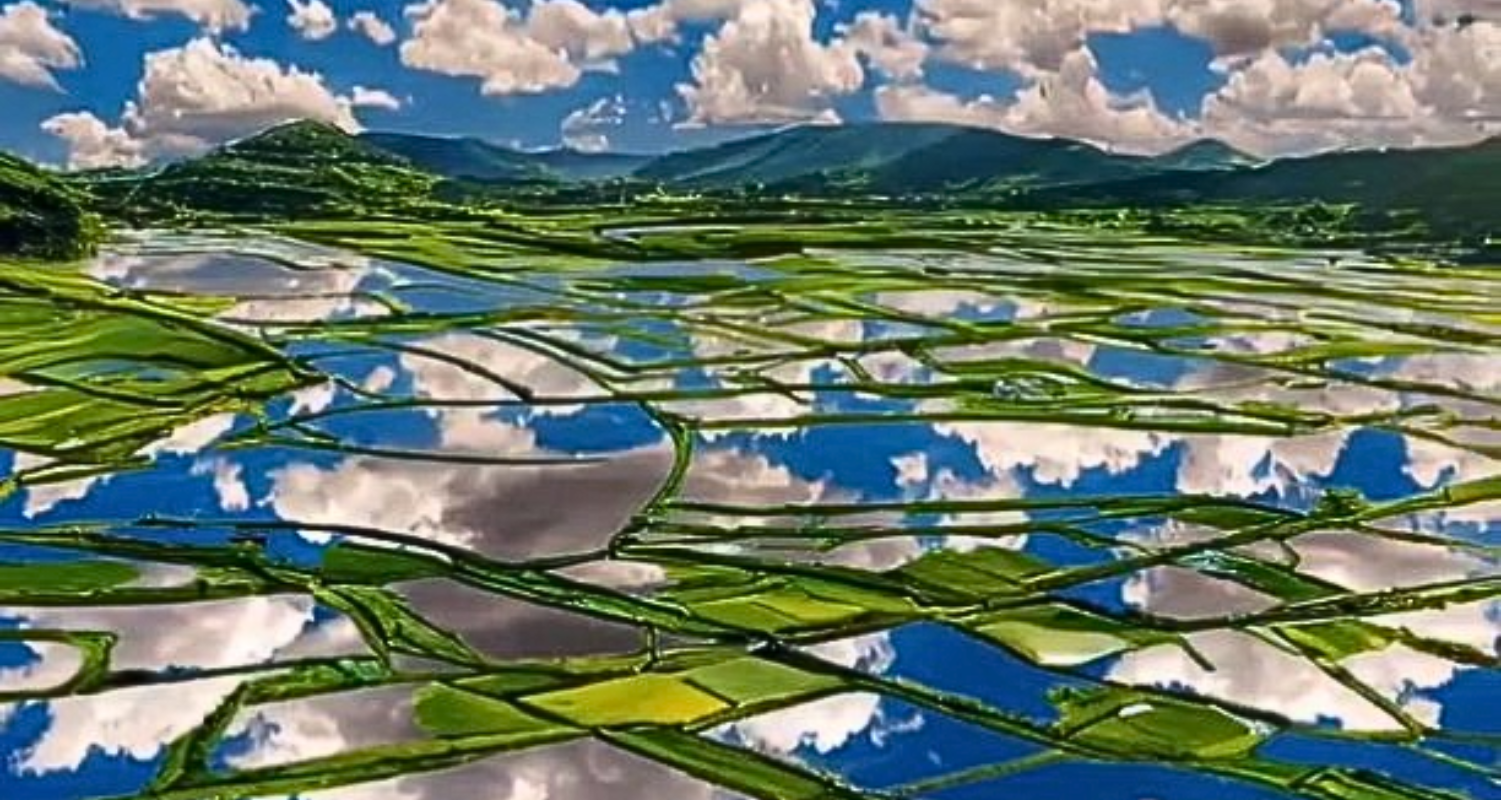Agricultural runoff, human settlements and shifting cultivation are severely degrading the water quality of rivers feeding into Manipur’s Loktak Lake, threatening its biodiversity and the livelihoods of communities dependent on it, a study by Nagaland University has found.
Loktak, India’s largest freshwater lake and a designated Ramsar Site, supports fisheries, transport, hydropower and tourism. It is home to 132 plant and 428 animal species, including the endangered Sangai deer in Keibul Lamjao National Park, the world’s only floating national park.

In recent decades, however, the lake has been placed under the Montreux Record, a global warning list for wetlands under ecological threat, due to falling fish stocks, high sedimentation and increasing pollution.
The study, published in the International Journal of Environment and Pollution, highlights that land-use changes, particularly farming, shifting cultivation and expanding settlements, have caused a sharp decline in the quality of rivers draining into the lake, especially the Nambul and Khuga rivers.
“The study confirms that agricultural runoff, settlements and shifting cultivation in the Loktak catchment are directly degrading river water quality, with Nambul and Khuga emerging as most polluted due to high land-use disturbances,” said Jagadish K Patnaik, Vice Chancellor, Nagaland University.
Also read: Nagaland University charts GLOF dangers in Sikkim, Arunachal
Researchers examined nine major rivers, including Khuga, Western, Nambul, Imphal, Kongba, Iril, Thoubal, Heirok and Sekmai, comparing land-use patterns with key water quality parameters such as dissolved oxygen and biological oxygen demand.
“The findings make community-based land management and stricter control of agricultural runoff and waste discharge crucial for restoring Loktak Lake,” said Eliza Khwairakpam, Assistant Professor at Nagaland University.
She added, “Land management is not just an environmental concern but a livelihood protection strategy. Sustainable agriculture and controlled Jhum cycles are vital to safeguard Loktak and the Sangai’s habitat.”
The Nambul River, with 47 per cent agricultural and 11 per cent settlement cover in its catchment, was found most polluted, while Iril and Thoubal rivers with dense forest buffers showed better water quality.
The study was supported by the Manipur Forest Department and the Manipur Pollution Control Board.


